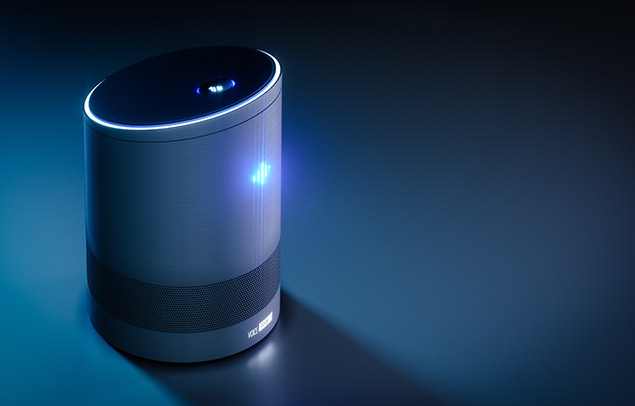3 Action Guide to Choosing the Right Disaster Healing Option
Whether it's a ransomware attack, a natural catastrophe, or corruption of a client's database, you wish to make certain that your company's IT system can recover. Having a company connection and disaster recovery (BCDR) strategy is vital. There are a plethora of BCDR solutions (on-premise, hybrid, or cloud-based), and it's important to business it support jobs choose the very best one for your business requirements. Here's what you must be watching out for when evaluating your next BCDR solution.
Discover the Right Business Continuity/Disaster Recovery Solution in 3 Steps:
1. Assess BCDR and DRaaS Solutions
One of the biggest elements when selecting a BCDR solution is figuring out whether you'll contract out support or manage it internally. If you intend on contracting out support, you'll require to partner with a managed providers (MSP) that is proficient in continuity and compliance options. Since many BCDR services integrate cloud, software, and hardware components - you'll need a procedure to support your virtual possessions, regional servers and desktops. BCDR hardware has numerous functions including:

Hosting BCDR software application
Transmitting server images to the cloud for catastrophe recovery
Keeping regional copies of backup server images for routine restores
Acting as the primary server throughout a failover, allowing service to continue during remediation
BCDR software is used to automate and handle backup and healing processes. After an initial full server backup, BCDR software application takes incremental snapshots to create "healing points" or point-in-time server images. Healing points are used to restore the state of a server or workstation to a specific time (prior to it failed or information was corrupted).

2. Seek BCDR Cloud Options
The best BCDR services have a cloud backup as well as a healing part. This is due to the fact that the cloud serves 2 purposes in a BCDR solution. The first is to provide offsite storage space for server and workstation images utilized for brings back. The second is to take control of important operations when a failover occurs.
Backups can be saved in your area - on a home appliance or backup server in your data center - or remotely, in the cloud. For BCDR, it's best to keep copies of your backups in both locations. Simply put, if it's not possible it services for healthcare to bring back a system locally, you can failover to the cloud. Your solution ought to address a variety of information restoration scenarios, varying from restoring a few lost files to recuperating from a total server failure or the damage of multiple servers and PCs. Restoring from it services for schools regional backups is much faster, while the alternative of stopping working over to the cloud gives you ultimate protection versus worst-case situations.
3. Address Security and Compliance Frameworks
A BCDR must deal with ransomware detection, point-in-time rollback capabilities, and information immutability. It's essential to look for BCDR options that comply with Service Organization Control (SOC 1/ SSAE 16 and SOC 2 Type II) reporting standards and feature two-factor authentication. This can help secure your information and decrease the requirement for manual intervention. If you want to learn how to keep your company healthy and protected, connect to us for a totally free IT assessment.